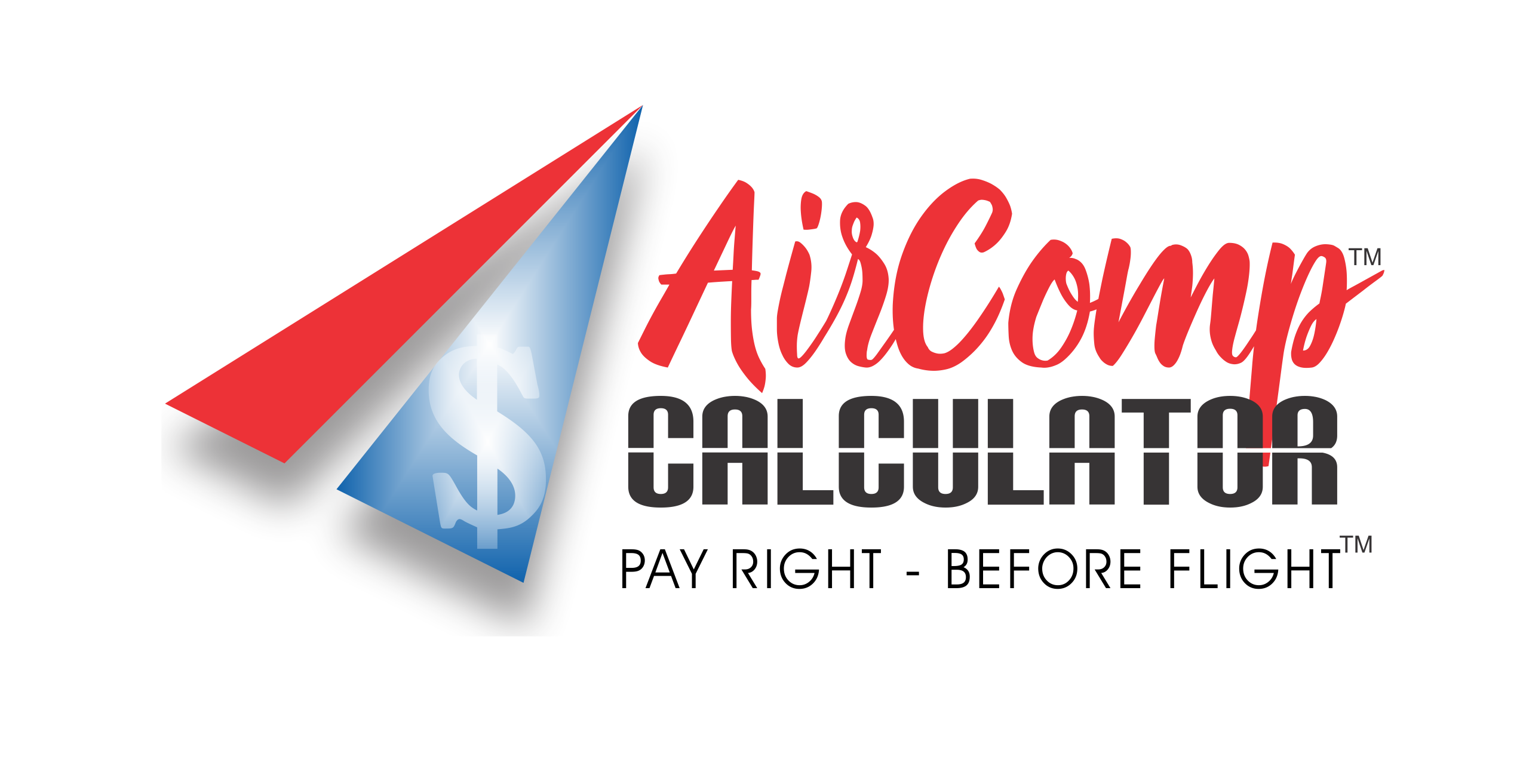In my previous discussion, I examined overall rates of increase for business aviation compensation since 2015. I thought it might be interesting to delve into compensation increases over that same period as a function of position. Over the next several weeks, we'll examine multiple positions that are found in most aviation departments. This week, we'll focus on the leader of the department, a flying Director/Manager of Aviation. The data below comes from multiple statistically-valid compensation surveys and is based on national averages across all classes of business jets.

Since 2015, the average base salary for flying aviation managers rose from $174,464 to $207,685, an increase of of just over 19%. During that same period, base salary at the 75th percentile rose from $203,805 to $239,750, an increase of almost 18%.

The average total cash compensation (base salary + short term cash bonus) rose from $203,258 to $250,542 in that same timeframe, an increase of over 23%. The total cash compensation at the 75th percentile level did even better, rising from $240,905 to $302,292, an increase of over 25%. Keep in mind that these numbers don't include retirement savings, 401K matches, long term incentive plans, or the like.
As someone who has become a respected authority on business aviation compensation, I'm often asked about the trends we'll see in compensation as a result of the COVID-19 slowdown. My first answer is that we probably won't see any effects in the 2020 data because much of it has already been gathered. Beyond 2020, the outlook might seem uncertain but I believe it is somewhat predictable.
While I expect increases in aviation compensation to continue to outpace the national averages for private industry, I expect the curve to flatten somewhat in the 2021 data, but that I also expect that to be a temporary hiatus. At the moment, with furloughs of personnel in both the commercial airlines and business aviation, I believe we will see a very transient "bubble" in aviation personnel supply, especially in the pilot and technician fields. Eventually though, the members of the traveling public will lose their fear of crowded airports and the airlines will recover. In the meantime, business aviation will have already recovered because those who can afford to travel privately will do so because of the reduced exposure to others. But none of the foundational conditions that have generated personnel shortages will have been repaired. The military is still not producing pilots at the rates needed to fill cockpits, and civilian flight schools are still not able to take up the slack. Aviation technicians are still not being produced at the rates needed to fill either commercial or business aviation positions. The bottom line is that once the dust settles in the aftermath of the COVID-19 hysteria, I think that once again, demand for aviation personnel will be strong and supply will not be adequate, and compensation will resume its upward trend. How long the hiatus lasts will be a function of government regulation and personal comfort.
Next week - we'll look at Chief Pilot compensation. Stay tuned!

Interesting article Chris, you present the information well. I wonder if the post COVID enrollment in the training programs will decrease, due to the furloughs, further deteriorating the qualified workforce a few years down the road.
It’s refreshing to read that a “return to normal” is potentially ahead. So far, we are going into our 6th week of pay reductions with all upper level managers reduced from the mid 200’s to 99K. We are all hopeful our salaries will go back once we start flying again but so far that topic is not being talked about much.